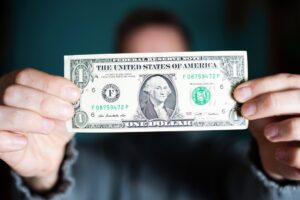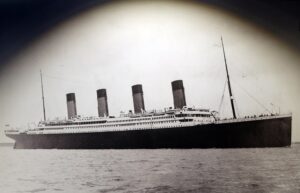Some of the best inventions happen by accident. As a result, many famous brands and products started their journey by doing something completely different, if not opposite, from what they’re known for today.
They range from medicines with unexpected but profitable side effects to drinks that were originally combined with powerful mind-altering drugs. Can you guess some of them?
It’s interesting to learn that a certain thing you use often was invented for a different purpose. There are plenty of examples of this kind, so here’s a list of 10 products that found commercial popularity in unintended ways!
Let’s get started!
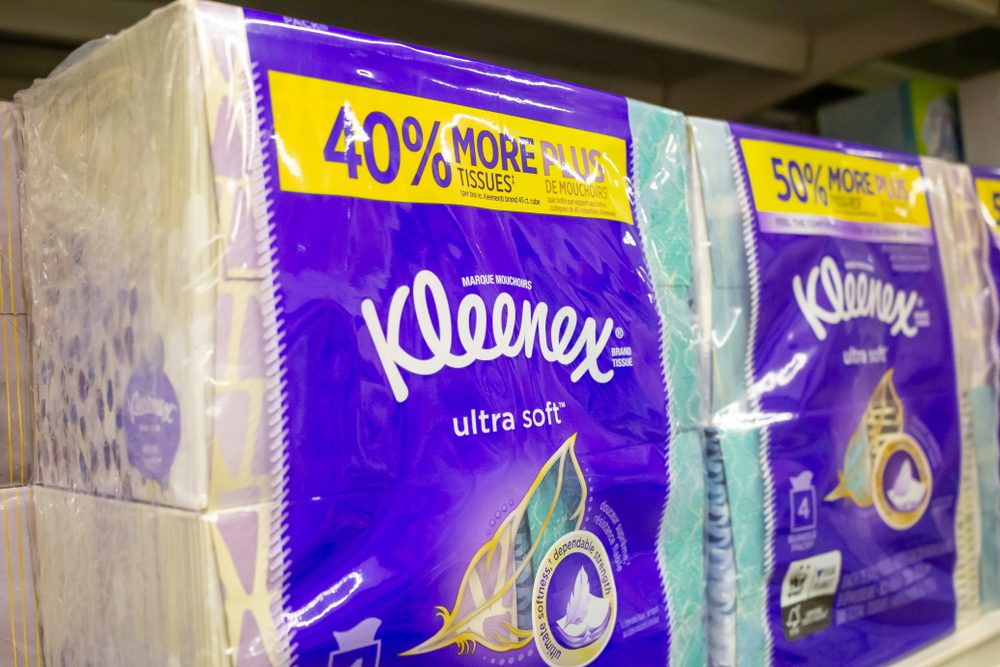
1. Kleenex
The public was very slow to come around to the idea of disposable, mass-marketed sanitary pads. That’s the thing with inventions: no matter how great a newly invented thing is, there will always be people who think the innovation is somehow bad.
Considering public opinion, Kleenex discovered a different purpose for its supply of crepe wadding. Experts created the super-thin, soft tissues we’re all familiar with today before they even knew what they would be used for.
Marketers originally promoted them as an alternative to “cold cream towels”, which were used to help apply skincare serums. Ads emphasizing the cosmetic value—naming them “the new secret of keeping beautiful skin as used by popular movie stars”—sold Kleenex from its beginning in 1024 until nose-needles were eventually introduced into the marketing campaign in 1930.
2. Bubble Wrap
Who hasn’t played with bubble wrap? A bubble wrap-lined room seems like the kind of idea that would come after people everywhere had become enthralled with the satisfying sensation of bursting the bubbles that keep our fragile objects safe in transit.
However, the wrap was initially invented for a different purpose. Swiss inventor Marc Chavannes and engineer Alfred Fielding actually intended to create a wallpaper. Turns out, the market for textured wallpaper wasn’t exactly what they’d hoped for, and the pair reportedly struggled to make things work.
Despite some viability, the plan to pitch the product as an insulator for greenhouses ended up being unsuccessful. Then, in 1959, IBM announced its first high-volume computer, and Chavannes and Fielding had an idea.
They discovered that bubble wrap can be used as a packaging material for fragile new technologies, and IBM was quick to give it a try. So, while this wrap was invented for a different purpose, it ended up having another one, and we cannot but be happy that this thing exists.
3. Nalgene
Here’s another product that was originally invented for a different purpose. The water bottle, which active outdoorsy folk seem to love, can trace its history back to the laboratory.
Everything started when Nalgene Company, an upstate New York-based business, created a line of polyethylene laboratory equipment that could defy reactive chemicals and high temperatures. Unlike glass containers, they were virtually unbreakable. This invention proved to be especially good for filter units, storage tanks, centrifuge bottles, etc.
However, in the 1970s, Marsh Hyman, the president of Nalgene Company, heard that some of the experts had discovered a different purpose for the containers. To test the feasibility of this alternative application, he took a selection of Nalgene products to a campout with his kid’s Boy Scout troop. The containers were a real success.
4. Kotex
Kotex is nowadays widely known as a brand of feminine hygiene products, but it was initially invented for a different purpose.
During World War I, Kimberly-Clark created wadding for surgical dressings using a relatively new material called cellucotton. The idea turned out to be pretty good, as the material proved to work fine for treating battle wounds.
However, not so long after, the Red Cross nurses discovered that the very absorbent material also had personal hygiene benefits. Once the war was over, the market for surgical wadding went down, but Kotex found a different purpose for its “sanitary napkins.” The new hygiene product was given the name Kotox, which is short for “cotton texture”.
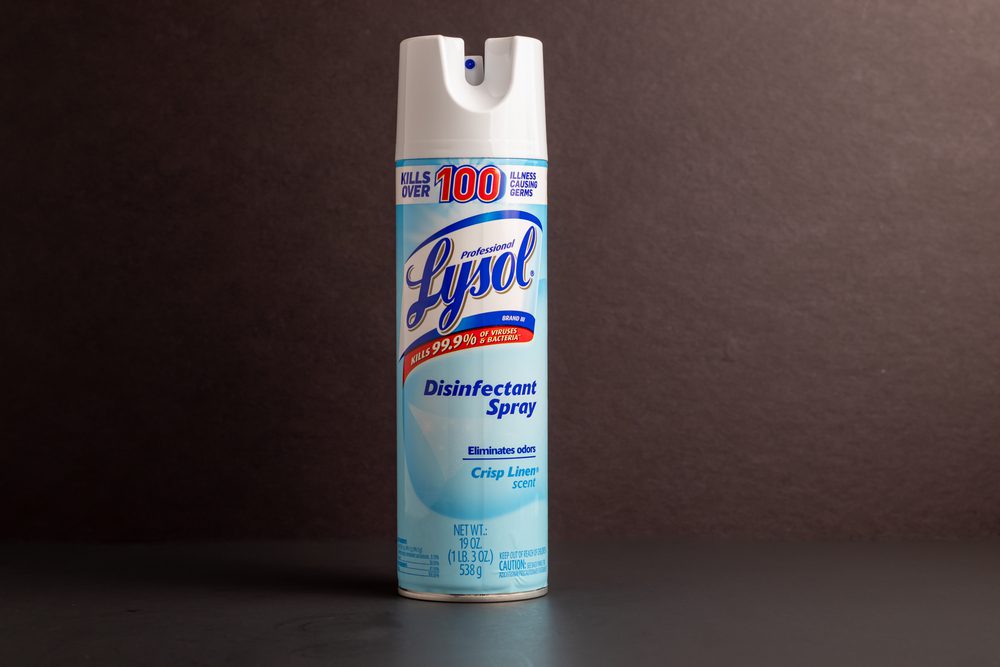
5. Lysol
The brand’s story is pretty interesting, and we’re quite sure that not many people know it. Let’s start with the beginning: Lysol was originally advertised as a “vaginal douche” (this happened in the first half of the 20th century). At the time, birth control options like diaphragms and condoms were expensive and difficult to come by.
Therefore, the Lysol ads suggested that their feminine hygiene product had one more benefit: contraception. Obviously, not only did Lysol’s product fail to protect against pregnancy, but it was also very dangerous to use it down there, despite marketing claims to the contrary.
The product didn’t become mass-market successful until it was re-branded as a cleaning and disinfecting product.
Keep reading to discover other products that were invented for a different purpose!
6. Listerine
If Listerine is your favorite mouthwash brand, you may want to know that this product was also originally invented for a different purpose. Created about 130 years ago, it was initially meant to be a surgical antiseptic and also a remedy for gonorrhea (don’t try that at home).
Moreover, an article written in 1888 recommends Listerine “for soft corns, developing between the toes, and sweaty feet.” Over the course of the next century, the product was marketed as a dandruff treatment, a cure for the common cold, and a refreshing additive to cigarettes.
But it was in the 1929s that the lucrative, germ-killing product finally landed on its most effective use as a wonderful cure for bad breath.
7. Coca-Cola
Even if you don’t drink Coca-Cola, you must have heard about this giant company. One of the most famous brand names that exist, Coca-Cola, was initially invented for a different purpose. More precisely, it was thought that the drink could be an alternative to morphine addiction as well as a cure for headaches and anxiety.
The drink’s inventor, John Pemberton—a Civil War veteran who himself struggled with morphine addiction—first created a sweet, alcoholic beverage with coca leaves for an extra boost. He names it Pemberton’s French Wine Coca.
Only after two decades after the recipe was hons, carbonated, sweetened, and eventually marketed into what it is today: the most popular soda in the entire world.
8. Viagra
Sildenafil, or Viagra, as it’s commonly known, was initially conceived as a treatment for angina, hypertension, and other symptoms of heart disease. While experts hoped it could treat certain cardiovascular issues, the drug ended up having a completely different purpose.
That’s because Phase I clinical trials showed that while the product didn’t have successful results at treating what it was supposed to treat, male subjects were experiencing a rather surprising side effect: erections.
Several years later, in 1998, the drug became extremely popular on the US market, but for a different purpose: a cure for penile dysfunction. Its results were a real success. Viagra now rakes in about $1.9 billion a year.
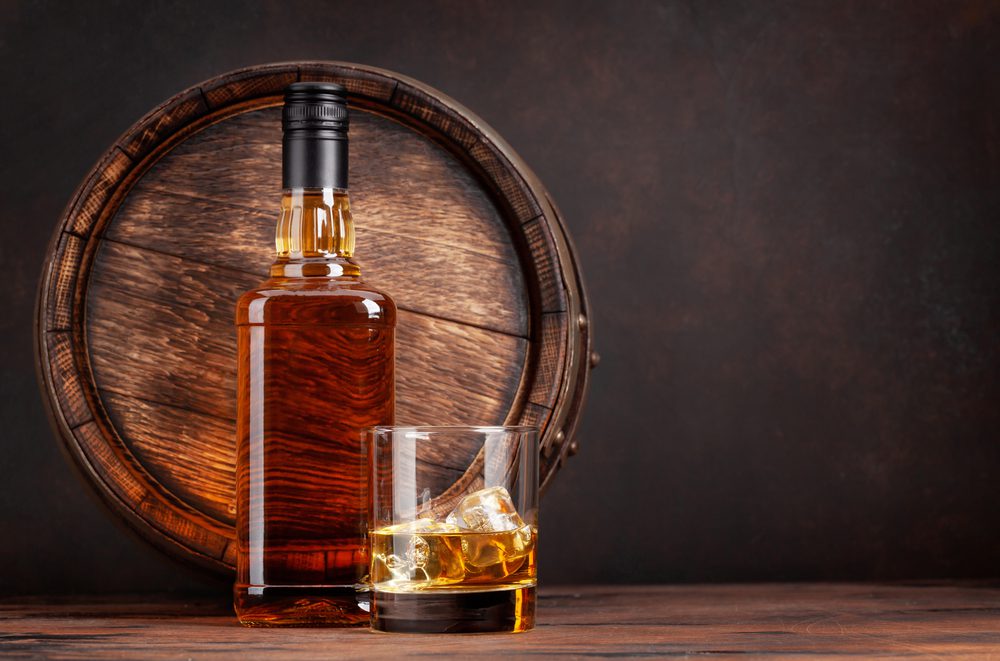
9. Brandy
Here’s another beverage that was initially created for a different purpose. Brandy, that delightful, caramel-colored after-dinner drink, was launched on the market as a byproduct of transporting wine.
Around 900 years ago, merchants would basically boil the water off of great quantities of wine in order to both save on customs taxes (which were imposed by volume) and transport the beverage more easily. However, after a while, some of these merchants, maybe bored after a long day on the road, decided to try the distilled wine.
They were surprised to discover that the drink actually tasted pretty good. So that’s how Brandy was born!
10. Propecia
Propecia is a drug used to treat male-pattern baldness. However, it started off with a different purpose. Propecia was initially marketed as Proscar, a drug to cure benign enlargement of the prostate.
After half a decade on the market in the 1990s, it became obvious that one of the side effects of the drug was in fact something positive, namely hair growth in bald men. Not only was this a real success for those dealing with excessive hair loss, but it was also a great thing for pharmaceutical marketers, who were quick to take advantage of this new drug and sell as many as possible.
You may also want to read These 10 Food Facts Seem Made Up (but Aren’t).

